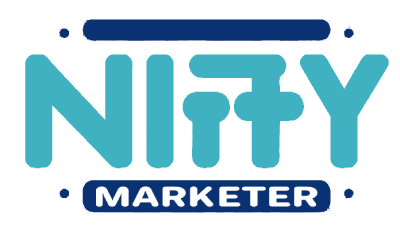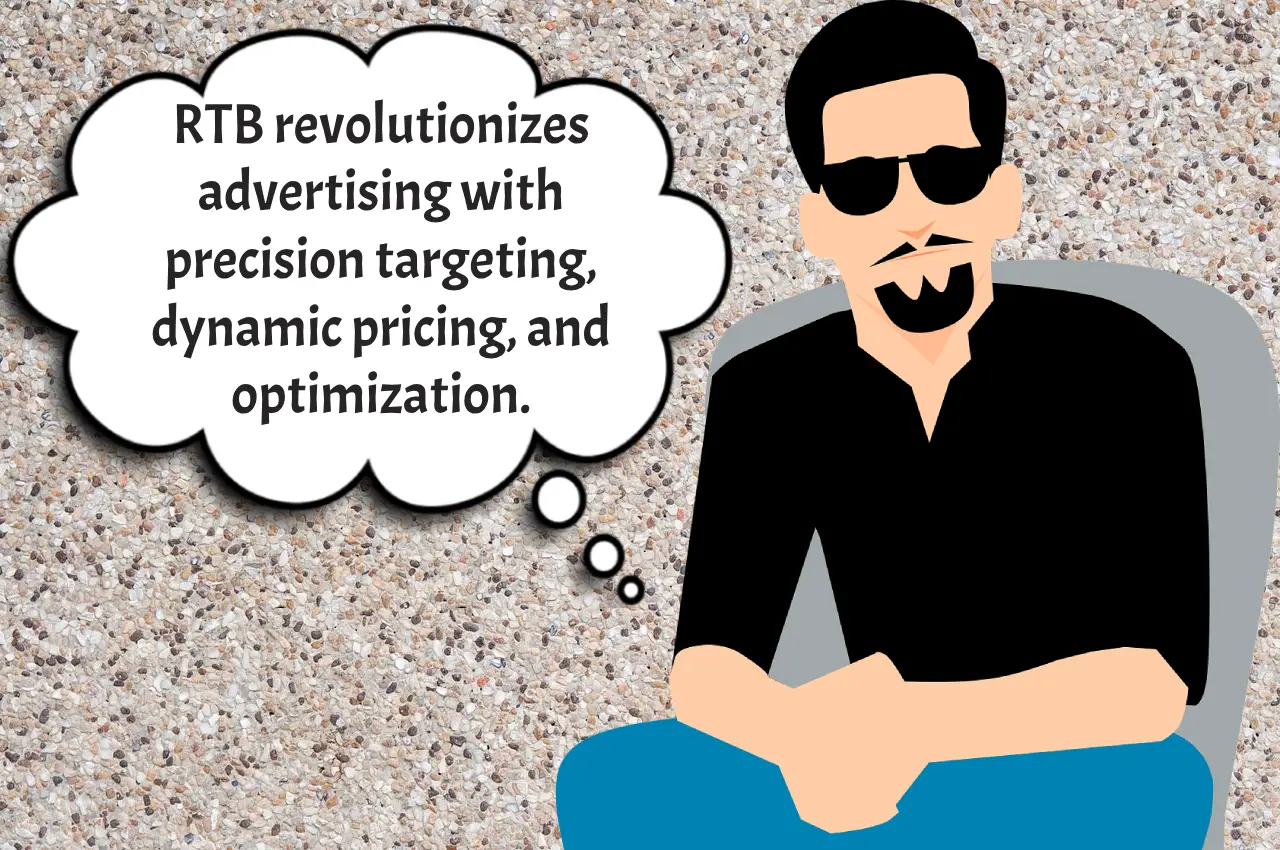Welcome to the world of programmatic advertising, where algorithms dictate the fate of digital ad placements in milliseconds. In this fast-paced digital era, one key player stands out: Real-Time Bidding (RTB). But what exactly is RTB, and how does it revolutionize the advertising landscape?
Demystifying Real-Time Bidding
Real-Time Bidding (RTB) is the process by which digital advertising inventory is bought and sold instantly on a per-impression basis, typically through automated auctions. Unlike traditional ad buying methods, where advertisers negotiate and purchase ad space beforehand, RTB allows for the dynamic buying and selling of ad impressions in real-time.
The RTB ecosystem consists of three main players: publishers, advertisers, and ad exchanges. When a user visits a webpage with available ad space, the publisher sends out a bid request to ad exchanges, detailing information about the user and the ad space. Advertisers, through Demand-Side Platforms (DSPs), receive these bid requests and evaluate them based on various targeting parameters and campaign objectives. If a match is found, the advertiser submits a bid for the ad space. The highest bidder wins the auction, and their ad is displayed to the user in real-time.
The Benefits of RTB
Real-Time Bidding offers several advantages over traditional ad buying methods:
Precision Targeting:
RTB allows advertisers to target their audience with pinpoint accuracy based on factors such as demographics, interests, browsing behavior, and location. This precision targeting ensures that ads are served to the most relevant audience, maximizing engagement and conversions.
Dynamic Pricing:
RTB auctions determine the price of ad impressions in real-time based on supply and demand. Advertisers have the flexibility to adjust their bids dynamically, ensuring they pay a fair market price for ad inventory.
Real-Time Optimization:
With RTB, advertisers can monitor the performance of their campaigns in real-time and make adjustments on the fly. Whether it’s tweaking targeting parameters, adjusting bid strategies, or pausing underperforming ads, RTB allows for continuous optimization to maximize campaign effectiveness.
Access to Premium Inventory:
RTB gives advertisers access to a vast pool of premium ad inventory across a wide range of publishers and websites. This ensures that advertisers can reach their target audience across multiple channels and platforms, maximizing reach and visibility.
Transparency and Insights:
RTB provides advertisers with transparency into the performance of their campaigns, including metrics such as impressions, clicks, conversions, and return on investment (ROI). This transparency allows advertisers to make data-driven decisions and optimize their campaigns for better results.
Real-World Applications
Let’s explore some real-world scenarios to illustrate the practical applications of RTB:
E-Commerce Retargeting: A user visits an e-commerce website but doesn’t make a purchase. Through RTB, the website can retarget the user with personalized ads showcasing the products they viewed, enticing them to return and complete their purchase.
Location-Based Targeting: A local restaurant wants to drive foot traffic during lunch hours. Using RTB, the restaurant can target users within a specific radius of its location with ads promoting lunch specials, enticing them to visit the restaurant.
Seasonal Campaigns: A retail brand launches a seasonal campaign for holiday shopping. With RTB, the brand can adjust its targeting and messaging in real-time based on seasonal trends and consumer behavior, maximizing the impact of its campaign during peak shopping periods.
Challenges and Considerations
While RTB offers numerous benefits, it’s essential to be aware of the challenges and considerations:
Ad Fraud: The automated nature of RTB can make it vulnerable to ad fraud, including bot traffic, click fraud, and ad stacking. Advertisers must implement robust fraud detection measures to mitigate these risks and ensure the integrity of their campaigns.
Brand Safety: Advertisers need to ensure their ads appear in brand-safe environments to protect their reputation and avoid association with inappropriate or harmful content. This requires ongoing monitoring and vetting of publishers and websites to ensure compliance with brand safety standards.
Data Privacy: RTB relies on user data for targeting, raising concerns about data privacy and compliance with regulations such as GDPR and CCPA. Advertisers must ensure they obtain consent from users for data collection and use, and adhere to strict data protection guidelines to safeguard user privacy.
Conclusion
In conclusion, Real-Time Bidding (RTB) represents a transformative force in the world of advertising, offering unparalleled precision, efficiency, and flexibility. By harnessing the power of RTB, advertisers can reach their target audience with precision and relevance, driving better results and maximizing ROI.
Ready to take your advertising to the next level? Explore the possibilities of RTB and unlock new opportunities for your brand today.
Have you leveraged Real-Time Bidding for your advertising campaigns? Share your experiences and insights in the comments below!





